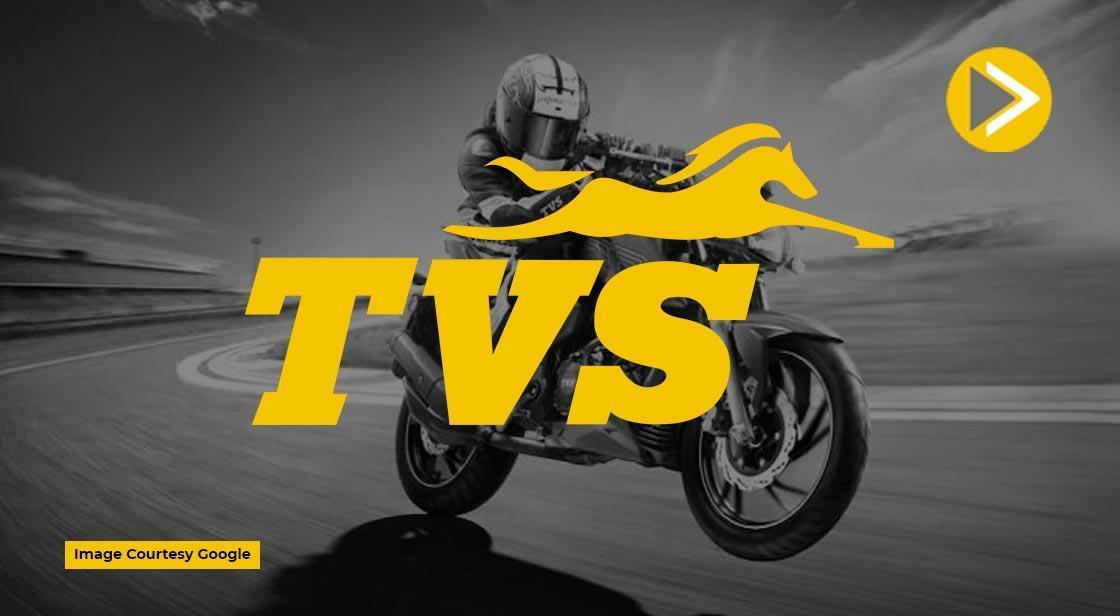TVS Forays Into EV Cargo, Targets 60% Heavy Three-Wheeler Sales by 2030

News Synopsis
TVS Motor Company has announced its entry into the electric cargo three-wheeler segment with the launch of the TVS King Kargo HD EV, priced at ₹3.85 lakh (ex-showroom, Delhi). The new model is aimed at strengthening urban and semi-urban logistics, where the demand for efficient and eco-friendly last-mile delivery solutions is rapidly growing.
Alongside the EV, TVS also showcased its upcoming King Kargo HD CNG variant, which will debut before the end of 2025, expanding options for fleet operators.
Availability and Market Rollout
The TVS King Kargo HD EV will initially be offered in select markets including:
-
Delhi and NCR (Noida, Faridabad, Gurgaon, Ghaziabad)
-
Rajasthan
-
Bengaluru
This strategic rollout is aimed at high-demand logistics hubs that already have a growing ecosystem for EV adoption.
Industry Outlook: 60% Heavy Three-Wheelers to be Electric by 2030
According to Rajat Gupta, Business Head for Commercial Mobility at TVS Motor, the electric vehicle market for three-wheelers is poised for major growth. He stated, “The overall market will continue to grow. We expect 60% of the heavy three-wheeler market to be electric by 2030.”
While the passenger segment continues to expand faster, Gupta noted that cargo adoption will largely depend on logistics demand and cost competitiveness.
Current EV Adoption in Three-Wheeler Segment
The Indian electric three-wheeler sector is already witnessing strong momentum:
-
In FY25, sales of electric L5 three-wheelers reached 1.6 lakh units, out of 7.2 lakh total three-wheeler sales.
-
EV penetration stood at 23% across both passenger and cargo categories.
-
Passenger models accounted for over 80% of EV sales.
India also remains the world’s largest market for electric three-wheelers, including the L3 category (low-speed e-rickshaws and e-carts), with adoption rates rising fastest among all EV categories.
Why Electric Three-Wheelers Are Growing Fast
Electric three-wheelers have emerged as the preferred mode of urban mobility in India, especially across tier-2 and tier-3 cities. Their popularity comes from:
-
Affordable last-mile connectivity
-
Eco-friendly operations reducing emissions
-
Lower total cost of ownership compared to traditional fuel-based vehicles
These factors, combined with government subsidies, have boosted adoption in both passenger and cargo transport.
Competition in the EV Three-Wheeler Market
The EV three-wheeler market is already highly competitive:
-
Mahindra Last Mile Mobility and Bajaj Auto currently dominate the L5 category.
-
Piaggio, Montara, Omega Seiki, Atul Auto, and Euler are also active players.
-
TVS made its passenger EV debut in January with the King EV Max, and the launch of the King Kargo HD EV further strengthens its presence.
Role of Subsidies and Policy Support
Government policies have played a pivotal role in driving EV adoption:
-
Incentives under the PM E-Drive scheme and the Production Linked Incentive (PLI) scheme currently provide subsidies of up to ₹25,000 per electric three-wheeler.
-
These subsidies help offset the high upfront costs, making EVs more attractive to buyers.
-
However, the subsidies are expected to be phased out by the end of this financial year.
Gupta acknowledged the challenge, stating, “The market at present depends on subsidy. When it is phased out, everyone will be geared up for that.”
Future of the L3 Segment
While major OEMs focus on heavy L5 three-wheelers, the L3 category—dominated by low-speed e-rickshaws and e-carts—remains mostly unorganized. Despite this, it plays a critical role in last-mile delivery and passenger mobility.
-
Mahindra has already entered the segment.
-
Bajaj Auto is expected to launch its first L3 model later this quarter.
This indicates that both L3 and L5 categories will see rapid electrification, with OEMs racing to capture market share.
Conclusion
The launch of the TVS King Kargo HD EV marks a significant milestone in TVS Motor’s electrification strategy. With expectations that 60% of heavy three-wheeler sales will be electric by 2030, TVS is positioning itself strongly in a growing market.
As India continues to lead globally in electric three-wheeler adoption, the future will be shaped by factors such as subsidy withdrawal, cost competitiveness, and the evolving needs of the logistics sector. For TVS, entering the EV cargo space is both timely and essential to compete with established and emerging rivals.









